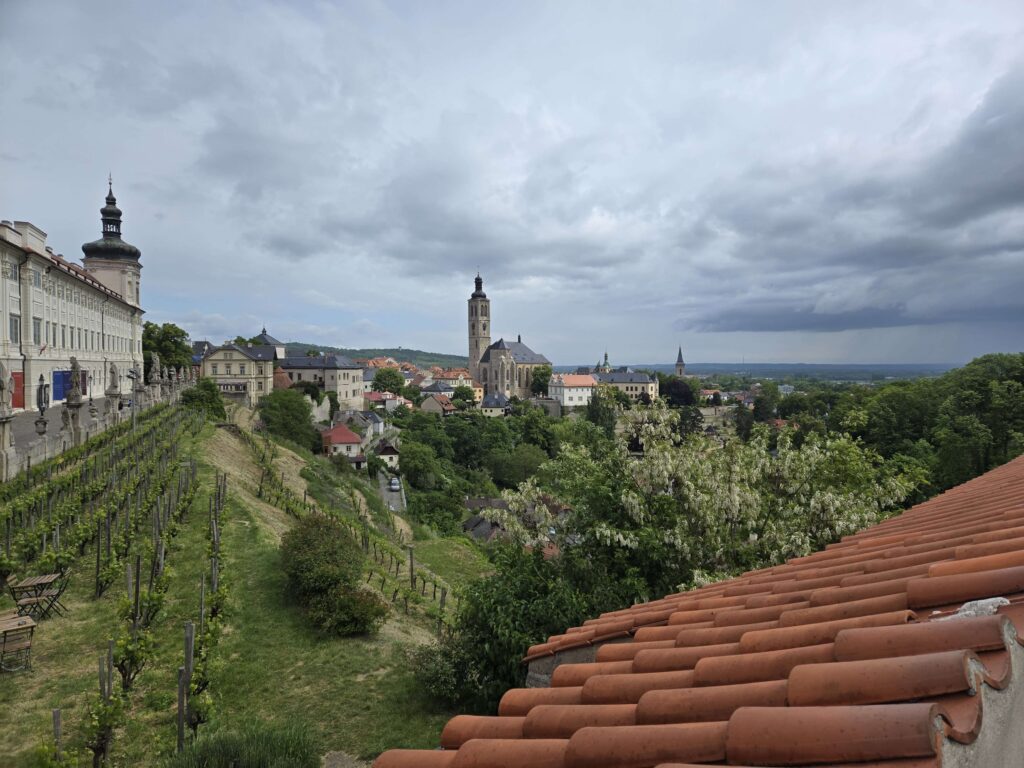Kutná Hora, a small town in the Czech Republic that we visited toward the end of our trip, left a strong impression on me for one major reason: silver. It’s hard to overstate how much raw material wealth shaped this town’s rise to power—and its stunning architecture reflects that legacy even centuries later for tourists to come and marvel at.
During the Middle Ages, Kutná Hora was one of the most important economic centers in Central Europe. Its wealth came from vast silver deposits beneath the town, which led to the establishment of the royal mint. This mint produced Prague groschen, a silver coin that became widely circulated and respected across Europe. The mint’s output and the silver trade made the town rich, and that wealth translated directly into cultural and architectural development.
Walking through Kutná Hora, you can see where the money went. The town is filled with Gothic buildings, most notably St. Barbara’s Church, an extravagant structure that rivals many cathedrals in major cities, but placed in a relatively quaint little town. Every corner of the old town seems to reflect a time when this was a place of immense importance—not just economically, but politically and artistically.
What struck me most was how deeply tied the town’s identity is to its natural resources. The prosperity driven by silver mining funded education, art, and civic growth. It’s a clear example of how material wealth, when concentrated and well-utilized, can shape the trajectory of a place for centuries. Today, Kutná Hora stands as a quiet but powerful reminder of how deeply economics and culture can intertwine.

